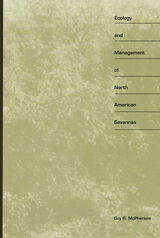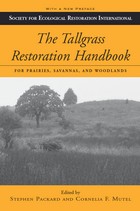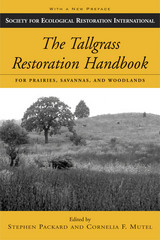

TheTallgrass Restoration Handbook is a hands-on manual that provides a detailed account of what has been learned about the art and science of prairie restoration and the application of that knowledge to restoration projects throughout the world.
Chapters provide guidance on all aspects of the restoration process, from conceptualization and planning to execution and monitoring. Appendixes present hard-to-find data on plants and animals of the prairies, seed collection dates, propagation methods, sources of seeds and equipment, and more. Also included is a key to restoration options that provides detailed instructions for specific types of projects and a comprehensive glossary of restoration terms.
Written by those whose primary work is actually the making of prairies, The Tallgrass Restoration Handbook explores a myriad of restoration philosophies and techniques and is an essential resource for anyone working to nurture our once vibrant native landscapes back to a state of health.

READERS
Browse our collection.
PUBLISHERS
See BiblioVault's publisher services.
STUDENT SERVICES
Files for college accessibility offices.
UChicago Accessibility Resources
home | accessibility | search | about | contact us
BiblioVault ® 2001 - 2024
The University of Chicago Press









